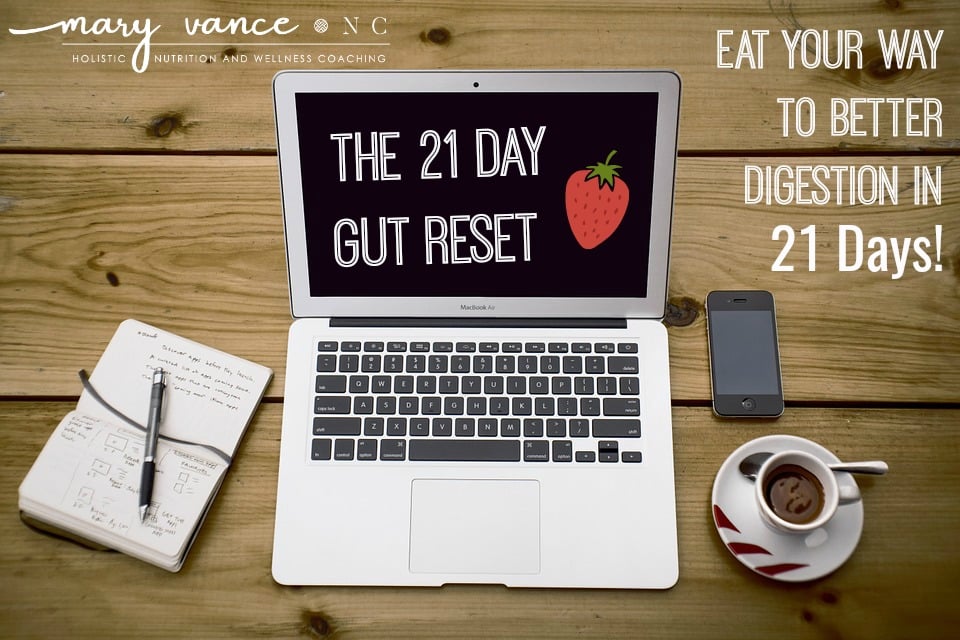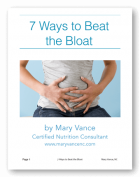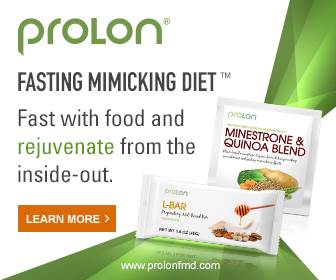It seems pretty straight forward, right?
Most of us women put a great deal of energy into preventing pregnancy. Then when the time is right, we know the rules and expect a positive pregnancy test. But it may not always be that swift or simple. I work with many women of all ages who are having trouble conceiving, or just want to optimize their chances for a healthy pregnancy.
You’re only fertile for a couple days per month. Here are some tips to encourage pregnancy by learning to read your fertility cues and optimizing your chances for conception.
How to Get Pregnant
First off, you’re going to need to familiarize yourself with your menstrual cycle. Here’s a crash course: your cycle is divided into 3 phases. In a typical 28 day cycle, your follicular phase is the first 12 days or so, followed by ovulation around day 14 (your most fertile time), followed by the luteal phase, then your period begins. The average cycle length is 21-35 days, with 28 days being the gold standard. Your cycle is an intricate dance of hormones triggering both the release of the egg and changes in your cervix and cervical mucous, all with the end goal of a fertilized egg. Estrogen spikes in the first half of your cycle, triggering ovulation, which triggers a progesterone surge in the second half of your cycle. Progesterone is the “pro-gestational” hormone and needs to be present at the proper levels for pregnancy to occur.
If pregnancy does not occur, both progesterone and estrogen drop sharply to trigger menstruation. Read more about your cycle here.
You are only fertile for two to four days each month. That’s a small window, so let’s talk about how to predict and maximize this fertile period.
Your main fertility signs: waking body temperature, cervical mucous, and cervical changes.
Charting Your Cycle
First off, I highly recommend charting your cycle each month. No, this doesn’t mean plugging the day you started your period into an app that automatically spits out when you’ll ovulate. Charting your cycle means taking your basal body temperature first thing every morning to track temperature shifts that tell you when you ovulate. (you can plug the daily temperature into an app or keep a manual chart yourself).
Your body temperature will shoot up almost a full degree (more like somewhere around .6 to .8) after ovulation and will stay elevated until your period. Or, if you’re pregnant, it will stay stay elevated. Once you chart your cycles for several consecutive months, you’ll begin to notice patterns, and you’ll get a good idea about when you’re most fertile. Check out the book Taking Charge of Your Fertility for detailed directions on how to chart and interpret your temperature shifts.
Cervical Mucous
Secondly, you’ll also need to become familiar with your cervical secretions. This cervical mucous tells you when you’re most fertile and is one of your main fertility signs. Don’t confuse this with the slippery vaginal secretions that occur during arousal. The cervical mucous is crucial for conception because it helps sperm travel up the uterus and into the fallopian tubes to the ripened egg. Cervical mucous varies throughout the month but will follow a pattern.
After your period ends, you’ll notice dryness for a few days. Then around day 8 or 9 (count from day 1 as first day of bleeding) you’ll begin to notice a sticky mucous, then creamy for a few days, then it becomes slippery and stretchy, with an egg white consistency, typically from days 12-16. This is your most fertile time. Even though the ripened egg is only available from 12-24 hours, sperm can live in this fertile, hospitable mucous for several days, so timing intercourse with your secretions is key. After the slippery, stretchy phase, mucous dries up until your period. Note that sperm cannot typically live in the sticky, creamy, or dry mucous– only the slippery/stretchy consistency mid-cycle.
You can check your mucous a few times each day, beginning around day 8 or 9 (or 3 days after your period ends). You’re gonna have to get friendly with yourself, so wipe the tip of your finger just inside the vagina and run your fingers together. It’ll feel sticky/tacky soon after your period, then creamy like hand lotion, then stretchy and slippery like egg whites mid-cycle (give or take). That’s your most fertile time. Begin having intercourse as soon as you feel the stretchy/slippery consistency. Do it for the next 4 days (usually between days 12-16 if you have a 28 day cycle). NOTE: if your partner has a lower sperm count, do it every other day.
Make a note of your secretions on your chart or log it into your app.
The chart will look something like this (usually with space at the bottom to log secretions). You can tell when this woman ovulated because her temperature jumped up and stayed up. You can get these blank charts online, by downloading an app, or along with Taking Charge of Your Fertility (see resources section at the bottom of the page).
You may not notice these exact described mucous sensations, but you do want to detect some kind of change. If you don’t notice any changes in your mucous or don’t get the good stretchy stuff, increase your good fats (butter, coconut oil, egg yolks) and take a fatty acid supplement for women. You can also use a lube like PreSeed that helps deliver sperm up through the cervix.
If you want to get even more detailed, you can chart your cervical changes, too. The cervix is usually soft, open and high up when you’re fertile. It’ll be closed, low, and firm when you’re not (and usually during your period).
(NOTE: you can also use these methods for preventing pregnancy once you know your fertile times and your body’s cues)
Supplements & Diet
First off, before you start trying to conceive, get blood work done to check your thyroid levels (TSH, free T3, free T4); FSH & LH (important fertility makers); iron and ferritin; folate and B12. You’ll want to know your levels to maximize your chances and to correct any deficiencies that might delay the process or prevent pregnancy. For example, healthy thyroid and iron levels are critical for pregnancy and a healthy baby.
My pregnancy diet post details what you should be eating. Plenty of good fats, organic animal proteins, mineral-rich veggies, and probiotics and fermented foods to build up healthy gut flora you’ll pass along to your baby to become the base of his/her immune system. Pre-conception is a time to be really focusing on a nutrient dense diet.
I recommend fatty acids, this fertili-tea to regulate cycles and maximize hormone levels, and a good quality multi. Take a probiotic if you struggle with any digestive issues like bloating, constipation, diarrhea, or candida. It is so important to build up your healthy gut flora for a healthy baby.
Vitex can be very effective for supporting ovulation, and this Pregnancy Prep blend is great for optimizing fertility through female hormone balance.
If You’ve Been Trying for 12 Consecutive Months with No Pregnancy
Ask yourself AND YOUR PARTNER these questions:
- have I had recent blood work to check for hypothyroidism or nutrient deficiencies?
- am I vegetarian or vegan? This may be creating deficiencies in B vitamins, fatty acids, or protein.
- do I eat soy products or drink soy milk? This can cause hormone imbalance or estrogen dominance.
- do I consume bread, pasta, cereal, or bagels? Foods with white flour or white sugar? Cut the refined foods.
- do I consume low fat or fat free dairy? SKIP the fat free dairy!
- do I have a past history with eating disorders? with alcoholism (more than 7 drinks per week)? I do not recommend any alcohol if you are trying to conceive.
- do I eat a lot of processed foods that come in a box?
- am I drinking too much coffee? Soda?
- do I use canola, vegetable, corn, coy, or soy oils? These poor quality refined vegetable oils create inflammation.
- am I under a great deal of stress, either physical or emotional or work related stress?
- do I have digestive issues like yeast infections, heartburn, constipation/diarrhea, indigestion, or bloating?
- am I overweight?
- am I eating enough?
Please keep in mind that in order to conceive, your body needs to feel safe and not in fight or flight stress mode. On a biological level, if you are stressed, your body knows it’s not a good time to carry a baby. Make sure you are getting enough sleep, reducing exposure to toxins, eating enough, and, getting good fats.
You may also want to consider saliva tests to measure estrogen and progesterone levels, along with hormone fluctuations to see if you’re ovulating and make sure hormone levels are optimized. I offer these panels in my practice.
Resources
The Pregnancy Diet
Feed Your Fertility
Honoring our Cycles: A Natural Family Planning Workbook (includes temperature charts)
Taking Charge of Your Fertility
Beautiful Babies
Cervical Mucous

Mary Vance is a Certified Nutrition Consultant and author specializing in digestive health. She combines a science-based approach with natural therapies to rebalance the body. In addition to her 1:1 coaching, she offers courses to help you heal your gut and improve your health. Mary lives in San Francisco and Lake Tahoe in Northern California. Read more about her coaching practice here and her background here.










So glad I found your website via pinterest! This article was helpful to me. My husband and I are in our 9 month of trying to conceive.
This is really informative! Thanks for sharing these helpful tips. It would also help if you could consult with an OB-GYN for a diagnosis of what’s contributing to your fertility issues.
Appreciate this very informative article on how to get pregnant. Thank you for posting this, much appreciated.
This is the perfect overview thank you!
I went off birth control in May 2019. Only the last two months (July and August) has my luteal phase become 10 days long. I have noticed however that my temperature drops by 8dpo. Would you consider this to be concerning (potential low progesterone)? I’ve heard it may take up to a year for hormones to regulate after birth control.
Yes, KG, that is a common sign of low progesterone. You could try vitex. Also check out Jolene Brighten’s book ‘Beyond the Pill.’
a bunch of thanks to this informative article. The insights you provided are awesome. More power to you!